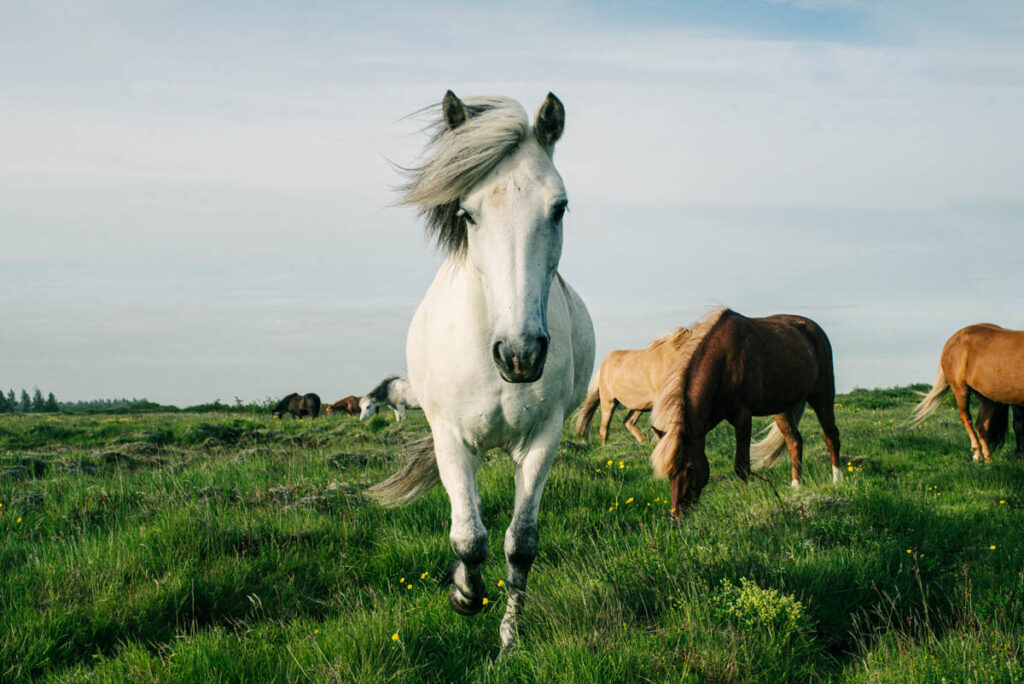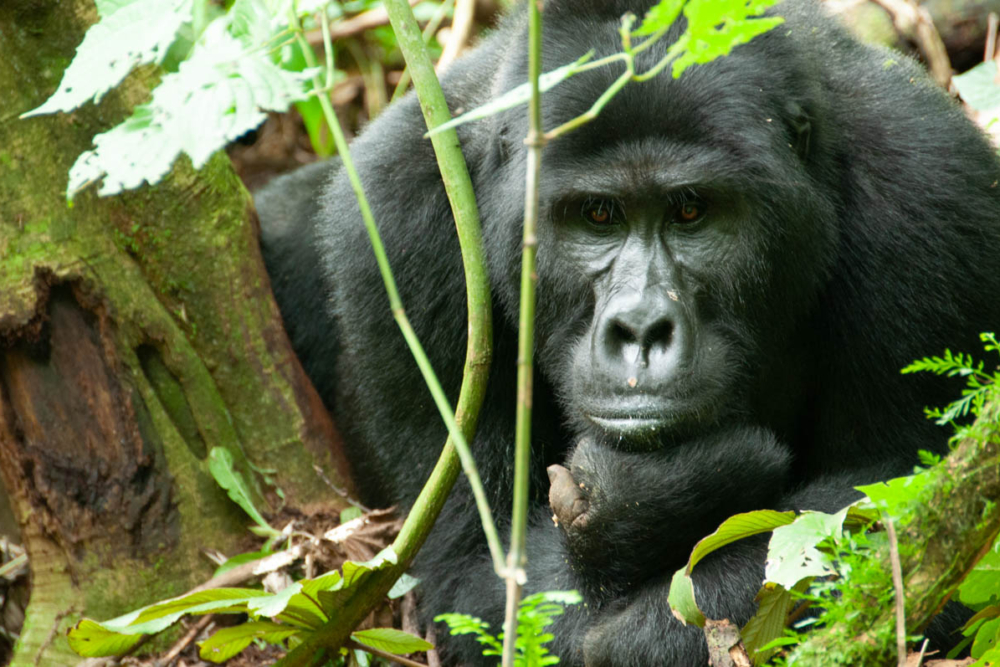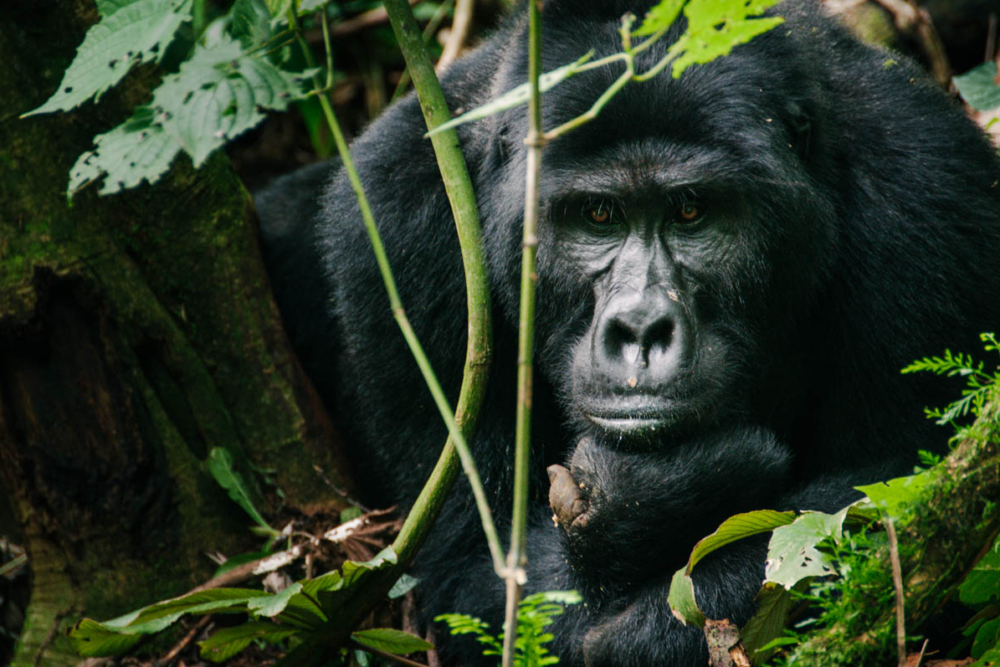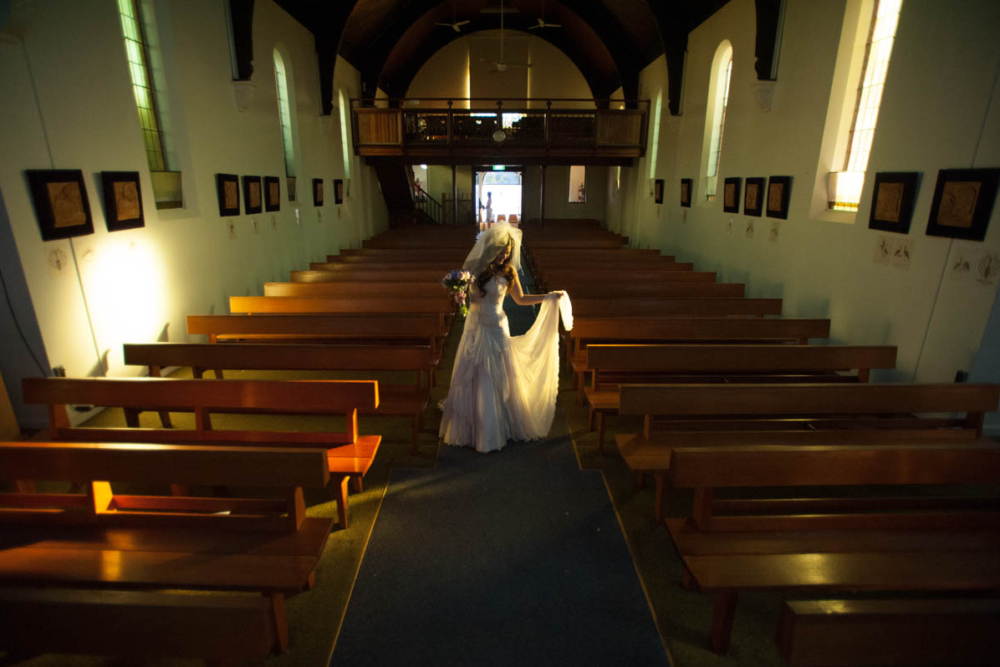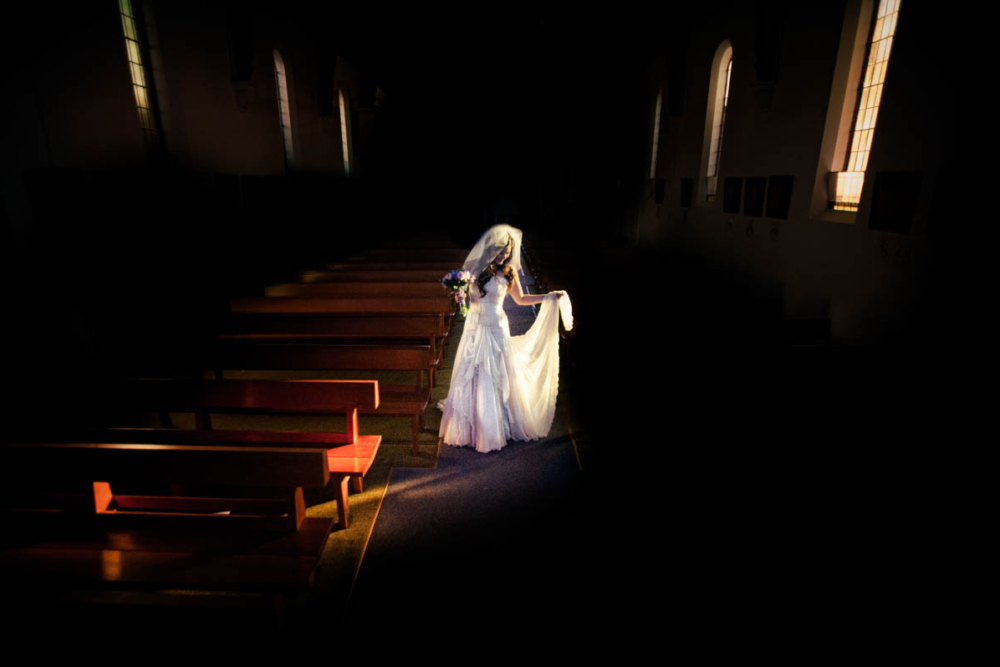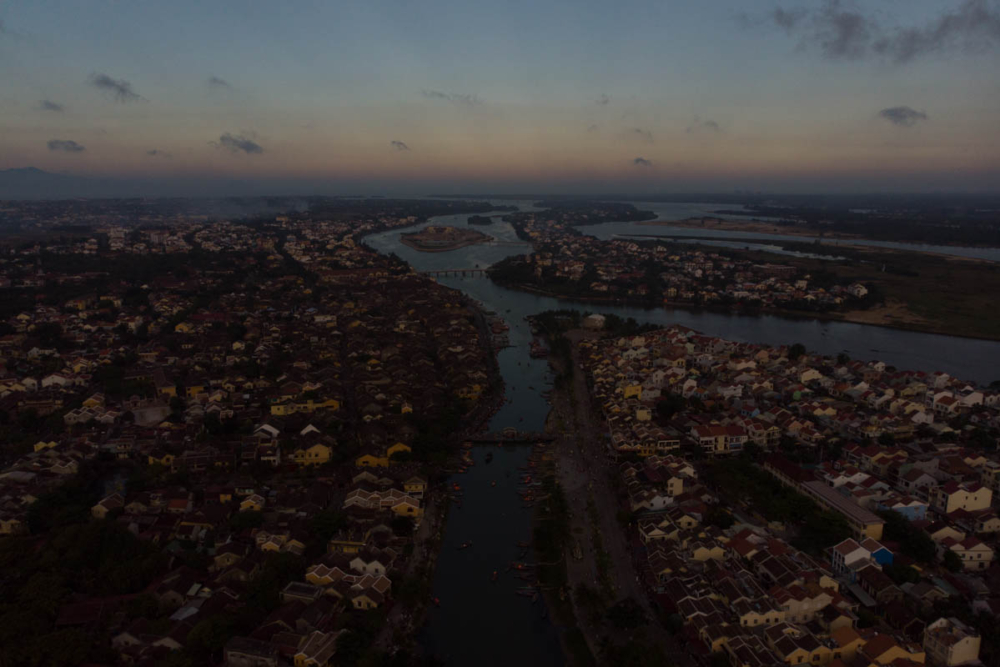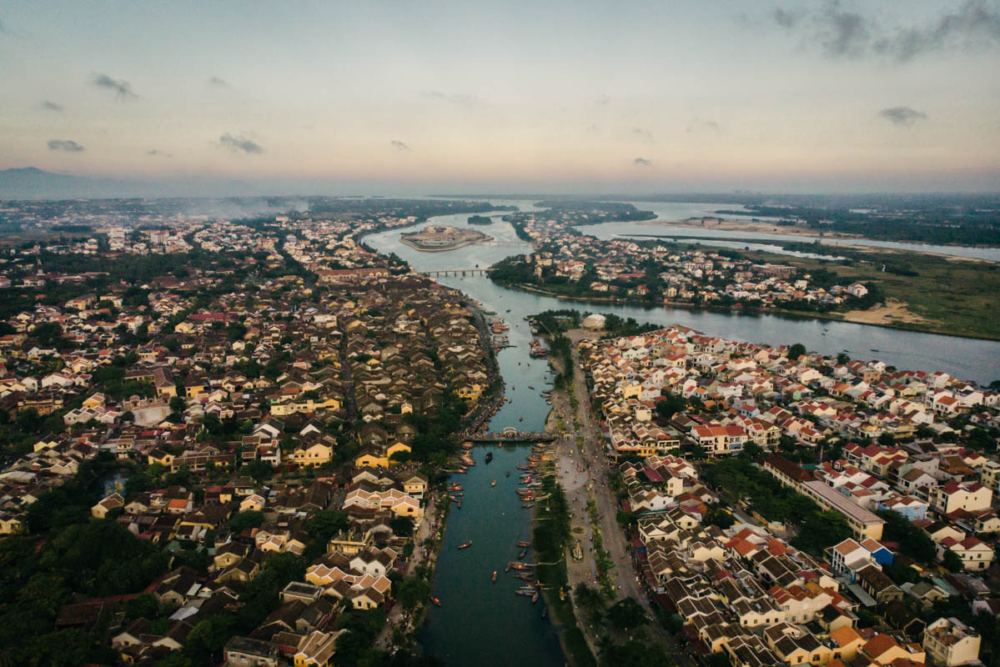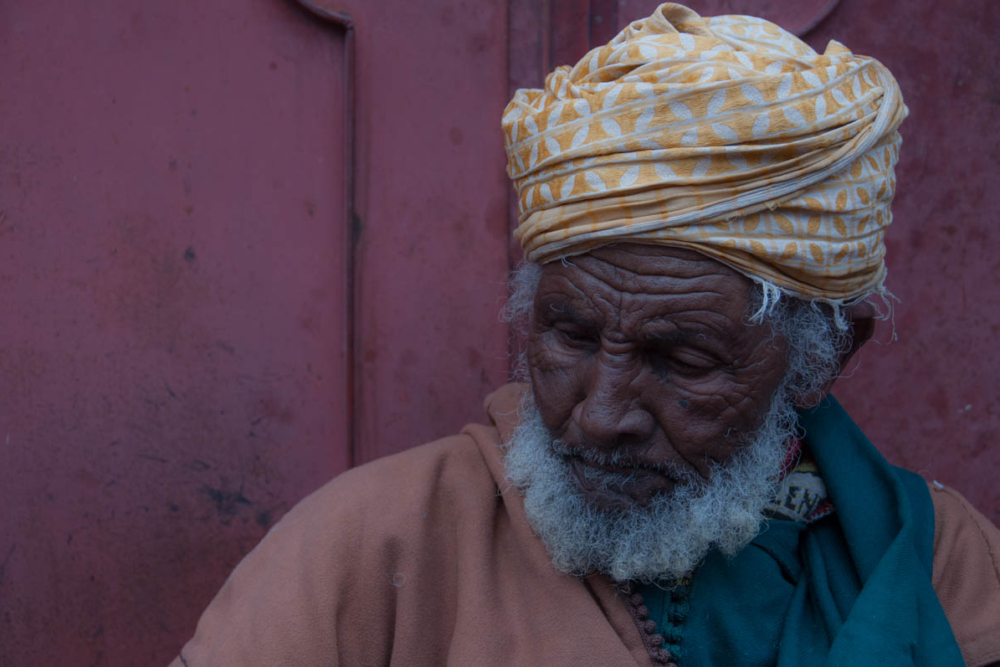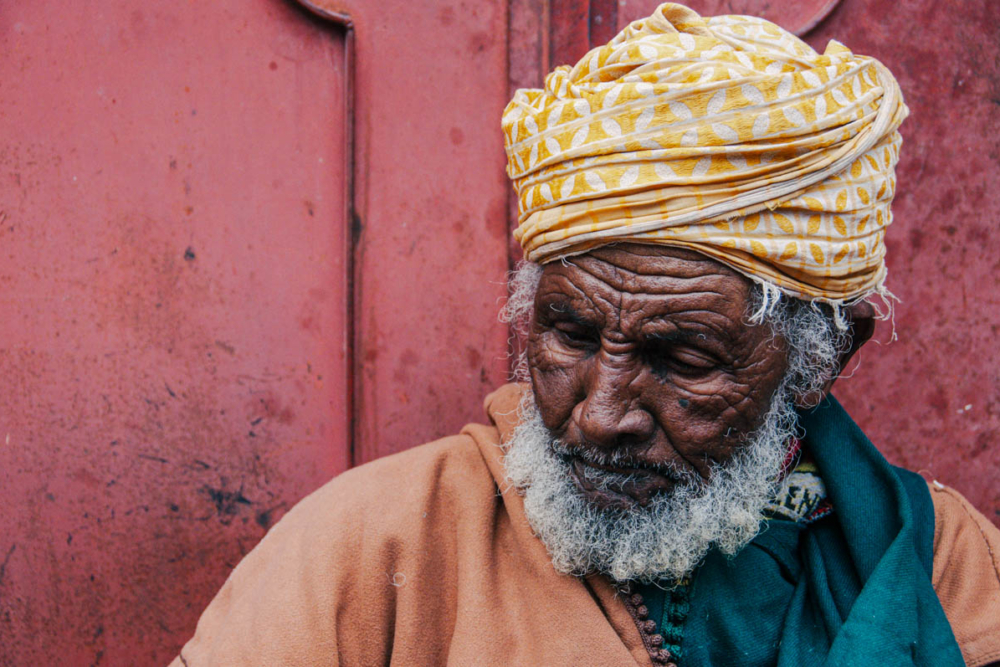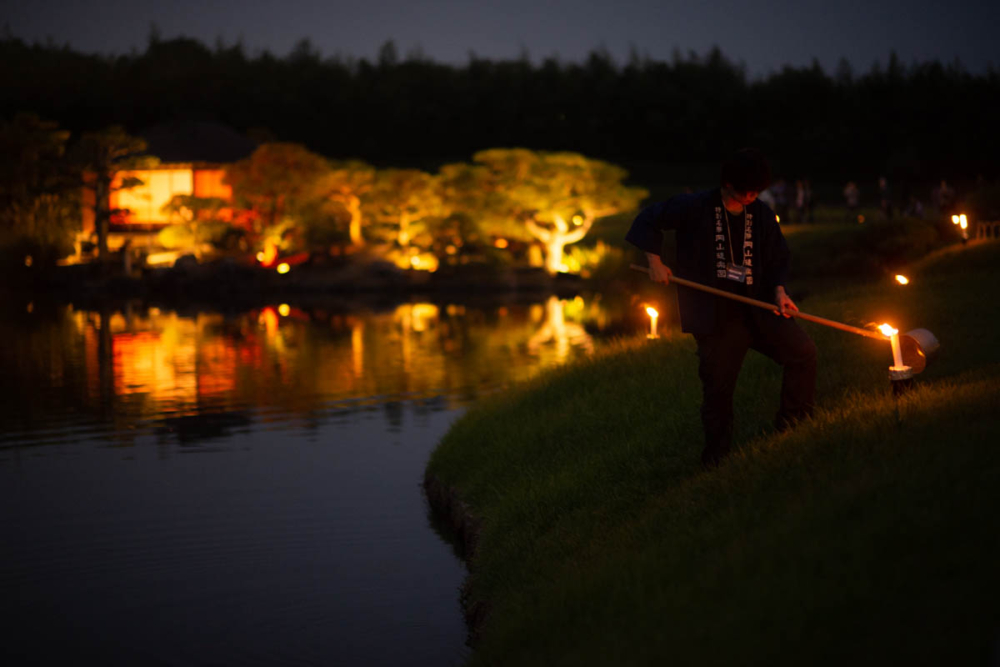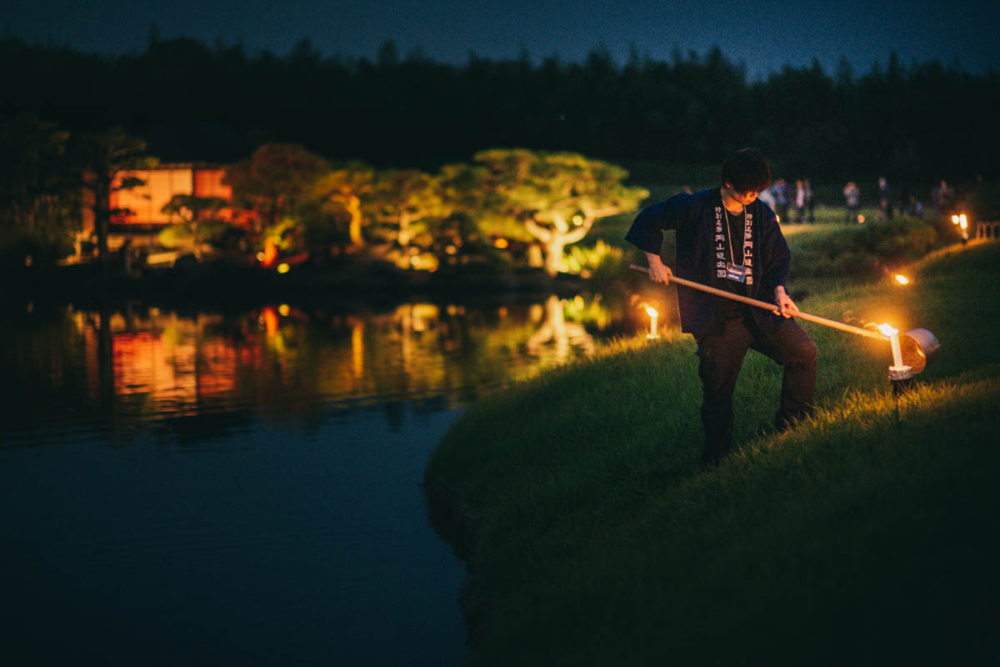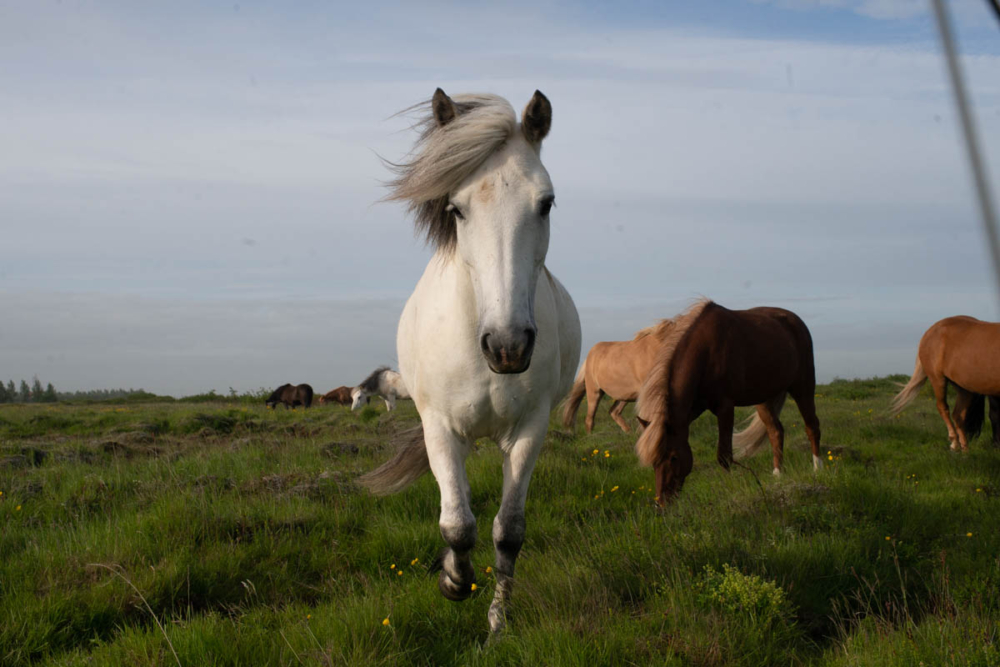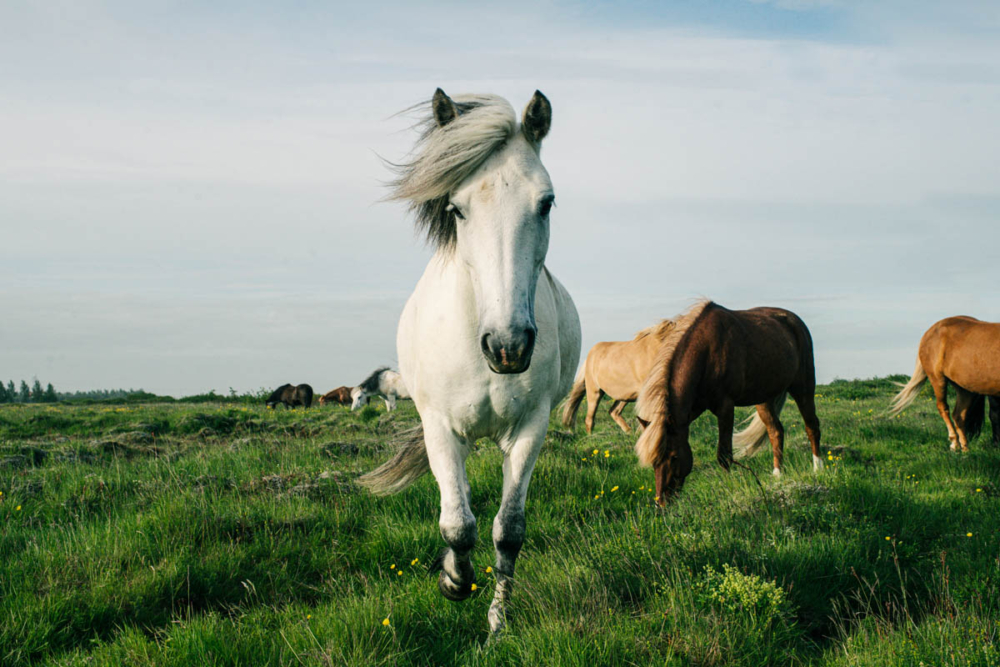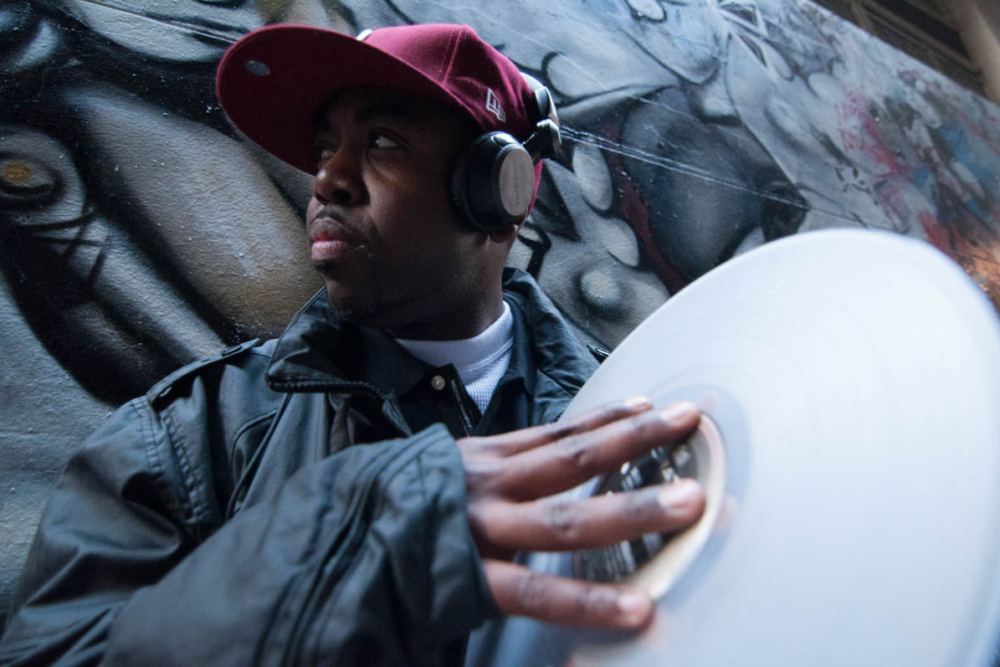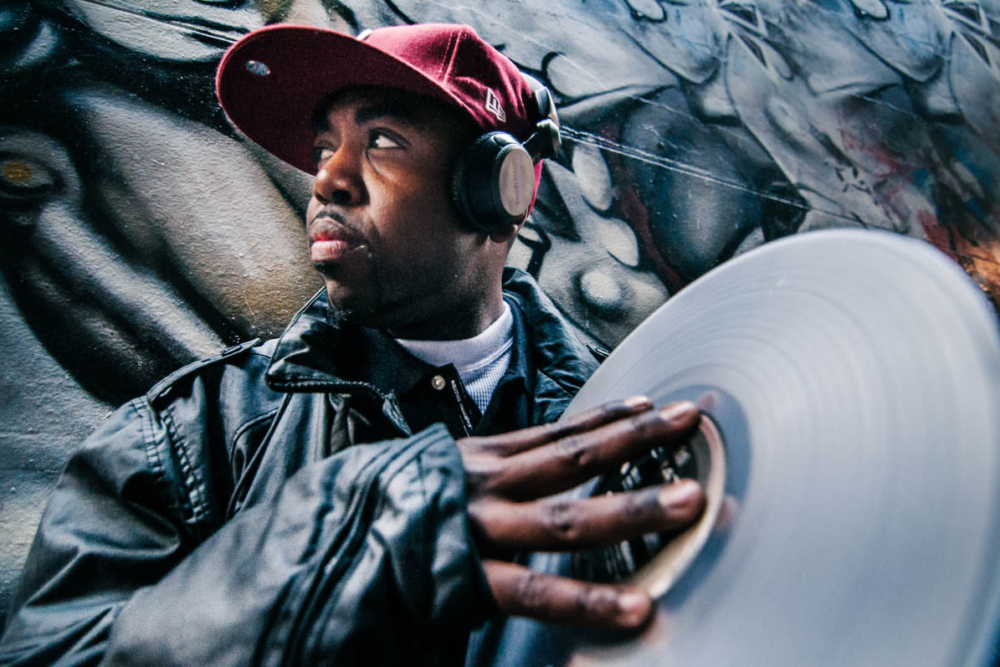Limitations of the Nikon Z6 Compared to the Z6 II
1 minute read
The Nikon Z6 and Z6 II are exceptional cameras in their own rights. However, when compared to the Nikon Z6 II, the Nikon Z6 has certain limitations. Here we provide an overview of these challenges.
Single Image Processor
The Nikon Z6 is equipped with a single EXPEED 6 processor, unlike the Z6 II’s dual processors. This reduces the Z6’s processing power, influencing its speed, efficiency, and overall performance.
Shooting Speed and Buffer
With a lower continuous shooting speed of 12 FPS and a buffer limited to storing 35 images in 12-bit lossless compressed RAW, the Z6 might not perform as well in situations requiring rapid, continuous shooting or when capturing fast-moving subjects.
Autofocus
The Z6’s autofocus system has a limited low-light sensitivity range and doesn’t support Eye autofocus in Wide Area AF mode or video mode. This may result in less accurate and reliable autofocus performance than the Z6 II.
Video Capabilities
The Z6 offers 4K video recording at a maximum of 30 FPS and doesn’t support HDR and HLG output via HDMI. Videographers desiring higher frame rates and diverse video output options might find the Z6 II a more suitable choice.
Memory Card Slots
The Z6 features a single CFexpress/XQD memory card slot, restricting its storage flexibility and redundancy options compared to the dual slots in the Z6 II.
Firmware Features
The Z6 misses some of the advanced firmware features found in the Z6 II, such as the ability to shoot timelapses while simultaneously creating videos from the timelapse files, and shooting up to 900 seconds without a remote.
Battery Life and Power Options
Using the older EN-EL15b battery (as opposed to be EN-EL15c on the Z6 II) and lacking support for continuous power supply via USB, the Z6’s operational time may be shorter than the Z6 II. Furthermore, the Z6 only supports the MB-N10 battery pack, which doesn’t offer the same functionality and handling benefits as the MB-N11 battery grip supported by the Z6 II.
EVF Refresh Rate and Blackout
The Z6 has a lower EVF refresh rate and more significant viewfinder blackout. This might affect the user experience, especially when shooting fast action.
Conclusion
Despite these limitations, it’s important to note that the Nikon Z6 is still a very capable camera. These comparisons are relevant mainly to photographers and videographers who require the advanced features and capabilities offered by the Nikon Z6 II. Buying the Z6 second hand is great way to enter the full frame mirrorless market.
In this one-day, online photography course, you will learn everything you need to know about digital photography post production using Lightroom. ie, how to “develop” your RAW files.
Lifetime access, lifetime of updates, $499.
You will learn exactly how to develop these photographs in Lightroom with National Geographic Featured Photographer Daniel Bilsborough. Start Using Lightroom Like a Pro In One Day.

